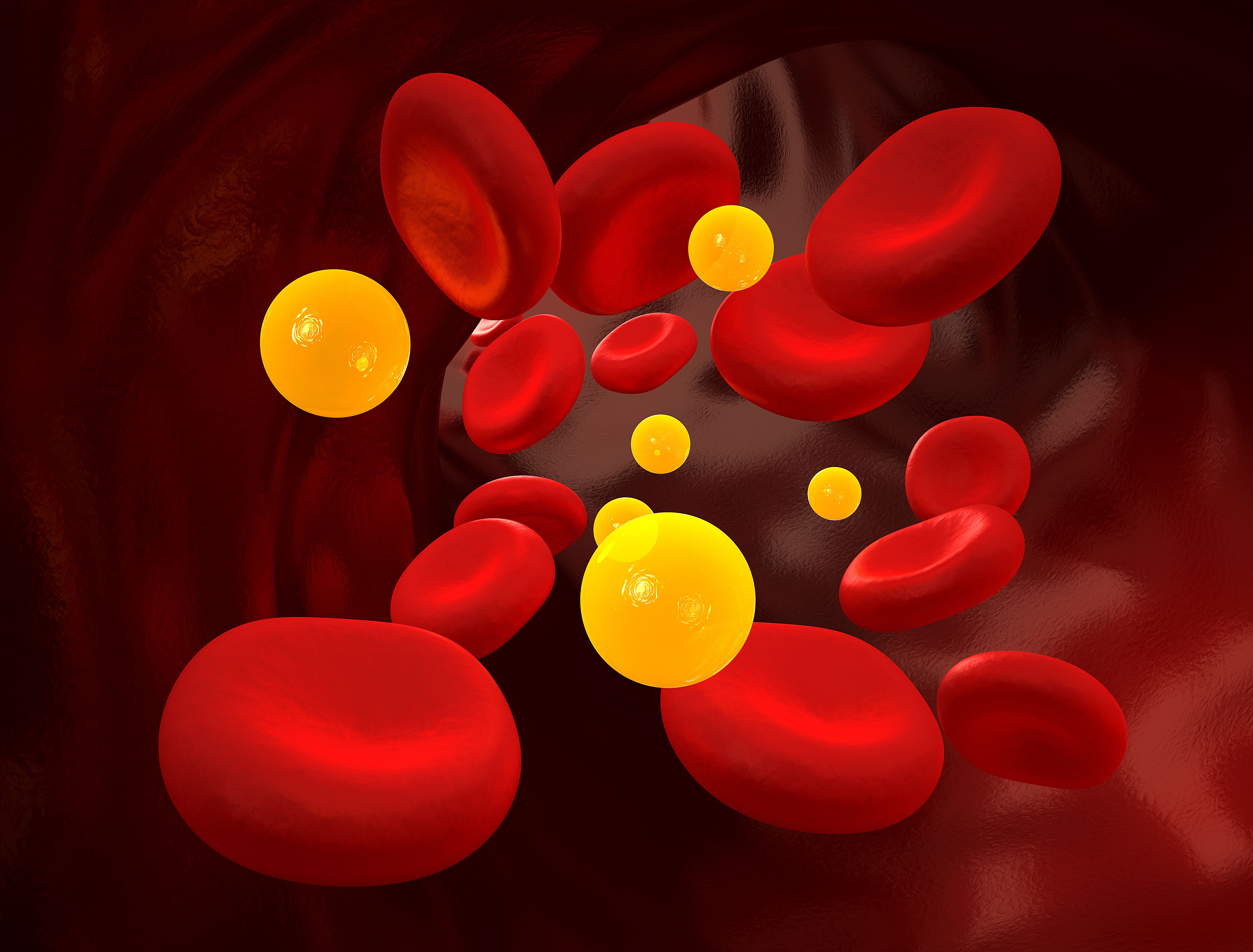Video
Guidelines to Manage Blood Cholesterol
Author(s):
Transcript:
Alan Brown, MD: Hello, and welcome to this HCPLive® Peer Exchange® event titled “Paradigm Shift in Lipid Management.” I’m Dr Alan Brown, and I’m the chief of cardiology at Advocate Lutheran General Hospital in Park Ridge, Illinois, and a clinical associate professor of medicine at Loyola University Chicago Stritch School of Medicine. Joining me in this discussion are some great colleagues. I’m thrilled to be able to bring their thoughts to the audience today. Dr Seth Baum is an affiliate clinical professor at the Charles E. Schmidt College of Medicine in Boca Raton, Florida, and a past president of the American Society of Preventive Cardiology. Dr Matt Budoff is a professor of medicine at the David Geffen School of Medicine at UCLA the University of California, Los Angeles. Dr Keith Ferdinand is the chair of preventive cardiology and a professor of medicine at Tulane University School of Medicine in New Orleans, Louisiana. Dr Pam Morris is a professor of medicine at Medical University of South Carolina in Charleston. Thank you all for joining me today.
In today’s discussion, we’ll provide a brief overview of the standard care for lipid disorders and focus on rapidly emerging newer treatment options. I think you’ll find those interesting. These specifically will be newer treatment options for managing dyslipidemia.
Let’s get started. Pam, I’m going to ask you lead the first discussion point. I know you’re an expert on this topic. There has been a lot of controversy and misunderstanding about clinical guidelines for dyslipidemia over the past several years. The more I listen to people talk about the guidelines, the more I realize that many haven’t actually read them. I’m going to give you the opportunity to talk about the ACC/AHA [American College of Cardiology/American Heart Association] Multisociety Guidelines and some of the new targets. What should doctors take away from the guidelines, which were published in 2018?
Pamela Bowe Morris, MD: Alan, thanks so much for that question. One of my 3 favorite points in the 2018 AHA/ACC Multisociety Guidelines is the introduction of the concept of LDL [low-density lipoprotein] cholesterol thresholds. I want to first go back a moment to set the stage and be sure that all of us on the panel and in the audience are operating with the same correct definitions.
We use the words targets, goals, and thresholds very loosely in medicine, yet they have very specific meanings. When we use the word target, we need to be talking about which lipid lipoprotein or apolipoprotein measurement we want to affect with treatment. Are we trying to reduce APOB? Are we trying to reduce LDL cholesterol? Are we trying to reduce LDL particle concentration? What is it we’re targeting with our treatment? Are we trying to raise HDL [high-density lipoprotein]? Whatever it is we’re trying to do, that’s a target.
What is a goal? A goal is the level we would like to achieve or that is recommended to be achieved with our therapy. As a result of our therapy, here is the level of that targeted lipoprotein that we should achieve.
The first time the concept of threshold was introduced in these lipidemia guidelines was in 2017. That was in the American College of Cardiology Expert Consensus Decision Pathway. It was introduced specifically because we had the approval of nonstatin therapies that could further lower LDL cholesterol on top of maximally tolerated statin therapy. Clinicians needed some way to determine when it would be appropriate to add these nonstatin therapies.
A threshold is the number or the level of the target at which you may intensify therapy. That includes increasing or intensifying statin therapy, or adding a nonstatin therapy. That’s the level at which you would consider the intensification of therapy.
Those are really important definitions. Those were then incorporated in to the 2018 AHA/ACC Multisociety Guidelines for use. There may still be some controversy about whether to use goals or thresholds. I would argue that it’s rather a bit of semantics. It’s more evidence based to use thresholds. But we achieve the same reduction in LDL, regardless of which guideline we follow, when we add nonstatin therapies to maximally tolerated statin therapy.
Transcript Edited for Clarity





